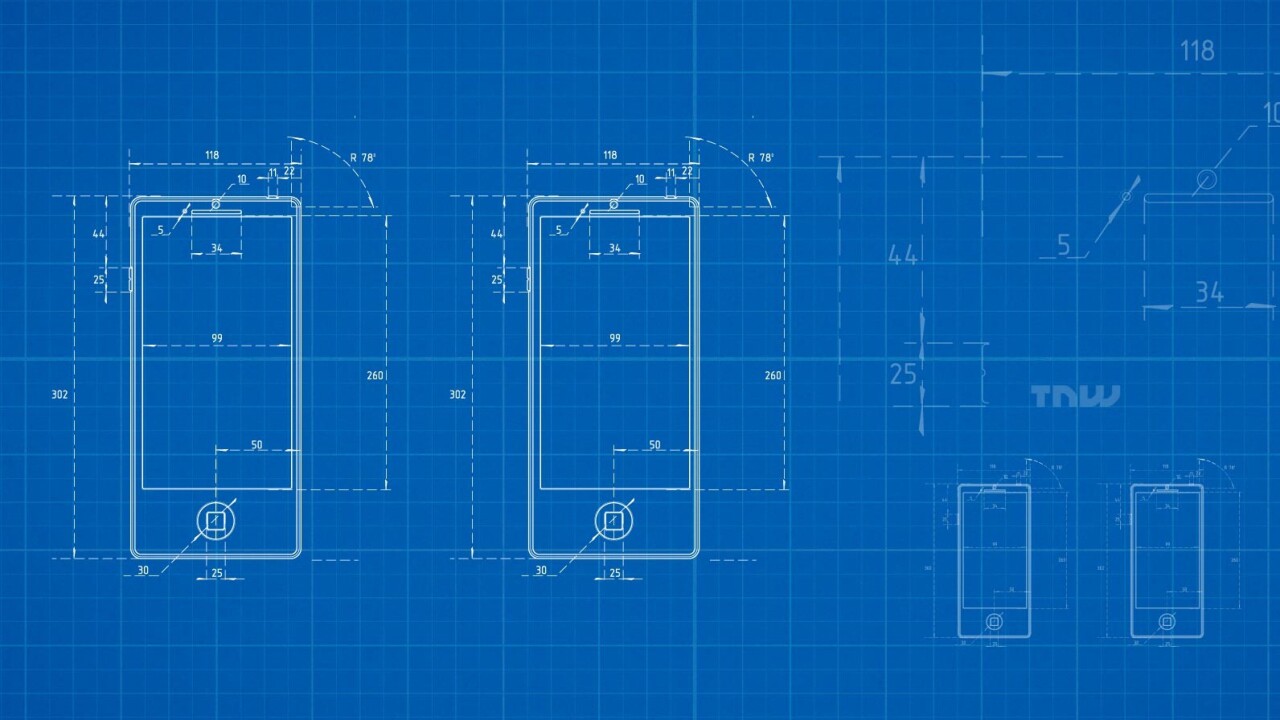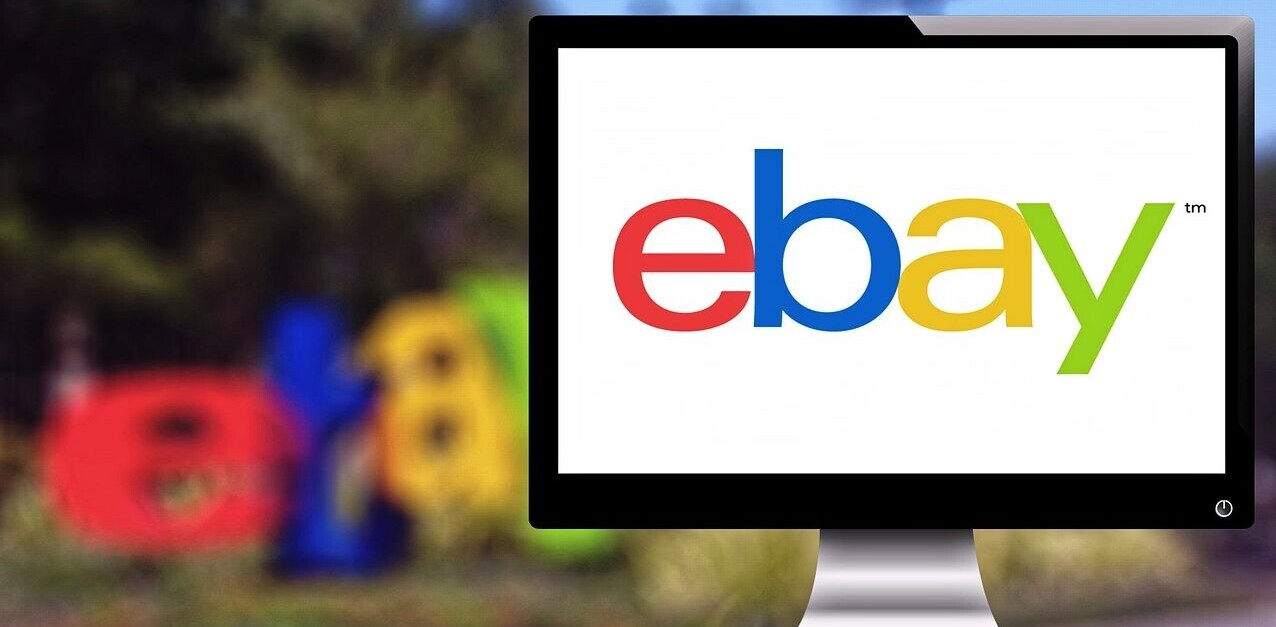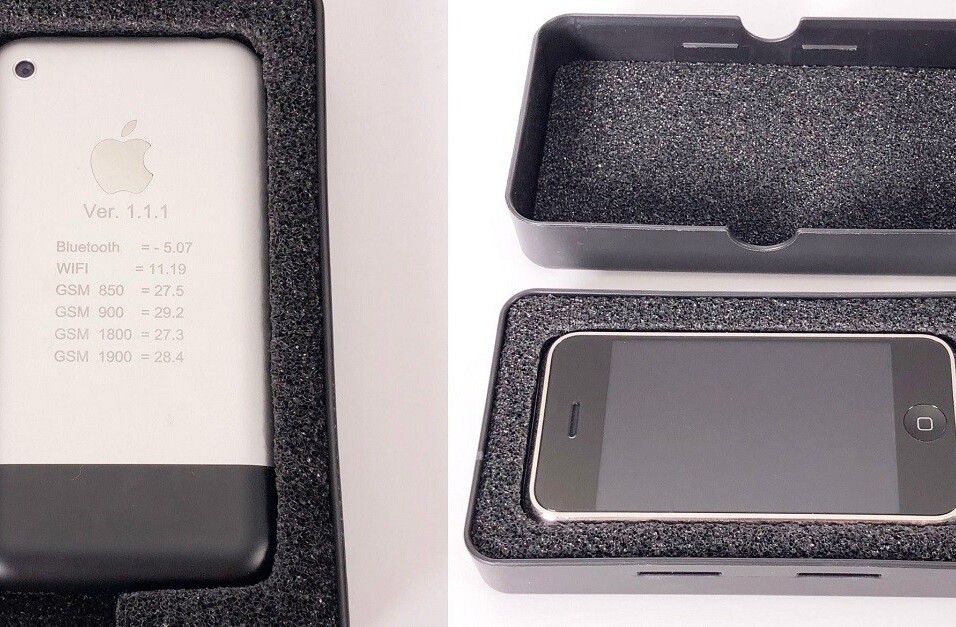
This week, the US patent office issued 6,842 patents. Each patent adds a little something new to the human knowledge base.
As we cannot list all six thousand, the PatentYogi team has selected the six most interesting patents.
1. Ford improves car safety
Patent Number – US 9,333,931

This week they have patented a unique system to protect passengers during oblique impacts.
These are the impacts that occur at an angle of 10-50 degrees relative to the vehicle’s trajectory. During an oblique impact, occupants of the vehicle typically move forward and laterally with respect to a length of the vehicle. The patented system absorbs crash energy during an oblique impact, thereby reducing the damage.
During an oblique impact, an impact sensing system deploys a flexible sheet which is then positioned to receive an occupant moving both forward and laterally with respect to a longitudinal axis of the car. The flexible sheet absorbs the impact energy from the occupant.
2. Did Microsoft just invent the world’s best earphones?
Patent Number – US 20160134957

Therefore, some users prefer non-occluding earpieces that can be worn on or near the user’s ear without substantially or completely blocking an entrance to the user’s ear.
However, most non-occluding earpiece have a small, discreet form factor. Therefore, they have smaller speakers and thus may need to be placed relatively close to the user’s ear to facilitate a suitably loud volume level. Moreover, human ears have a large variety of sizes and shapes. Therefore, many users find it difficult to comfortably attach a non-occluding earpiece that positions the speaker close enough to the ear entrance to produce sound with adequately loud volume.
The patented earphone provides a benefit of positioning the earpiece on the user’s ear to allow the user to listen to sounds from the earpiece while also allowing the user to hear a substantial portion of the sounds from his or her environment.
Specifically, the patented includes an enclosure that extends into the cavum conchae (of the ear) without substantially blocking the ear canal. This provides a sound path via a transducer into the user’s ear while also allowing the user to perceive sounds from his or her environment. Further, the earphone may have one or more microphones.
When worn on the user’s ear, the earphone grips a portion of the user’s ear to secure the earpiece to the user’s ear.
3. Boeing improved wireless charging technology
Patent Number – US 20160134126

Boeing has now patented a technology that can allow devices like phones to be used as usual while being charged wirelessly.
Existing devices require devices to be placed on the pad primary to maintain the orientation of the receiver coil in the device in the same direction as that of the transmitter coil in the pad for maximum energy transfer.
This invention now achieves the same maximum energy transfer without compromising on usability. It achieves this by steering a charging magnetic field in space towards the device to be charged.
The invention uses a set of orthogonal transmitter coils fed with alternating currents of differing magnitudes.
By controlling the amplitude of current in each of the three coils, the position and orientation of the resultant magnetic field may be controlled. In effect, the invention is capable of creating the charging magnetic field anywhere in space in the vicinity of the charger and in any desired orientation. Further, the invention detects the orientation of the device in three dimensions using sensors and then matches the orientation of the charging magnetic field with that of the device orientation for maximum energy transfer.
As a result, you can now talk over the phone while it’s being charged.
4. Good news for people living near airports
Patent Number – US 9,334,059

NASA has invented a soundproof panel for aircraft engines which suppresses engine noise to a great extent. The soundproof panel is designed to absorb sounds from jet engine such as specific tones of the turbine or compressor and general broadband noise. The panel includes multiple chambers of a geometry such as hexagons. Factors such as the number, area and shape of these chambers are designed to allow absorption of sound of specific frequencies coming from a jet engine. This allows the panel to absorb sounds over a broader range of frequencies compared to existing sound absorbing panels.
With this technology, buildings near airports may soon get rid of expensive soundproofing installations.
And soon, moving-in near an airport may not be such a bad idea anymore.
5. eBay patented a system to stop the spread of diseases
Patent Number – US 20160132652

In public health practice, the earliest detection of a disease outbreak offers the best opportunity to mitigate its effects. Accordingly, public health surveillance is employed to monitor public health status and recognize at the earliest possible time, the appearance of a disease or a change in its distribution or incidence. Early intervention allows for early recognition of affected individuals, initiation of treatment, and initiation of post-exposure mitigations among the exposed population.
eBay has patented a system for faster detection and notification of the spread of communicable diseases. Mobile device or a wearable device captures physiological parameters of a user and shares the same with a service provider. The service provider collects physiological information, such as body temperature and blood pressure from one or more users via a device. Location data is also provided to the service provider. The service provider then analyzes this combination of data to track exposure to and risk of contracting a disease. In various embodiments, a user may report themselves as being ill or diagnosed with a specific disease.
Based on the information collected, a map is prepared which indicates hot zones of infection, location of infected persons, the location of persons at risk for infection or disease, and also show the spread of infection or disease over time. Just by visual representations, a user can learn of disease locations and the rate of spread of disease.
Further, the system helps curb disease before it spreads, and can further provide a way of calculating risk of disease to people. The system evaluates location, movement, and intersection of persons to identify a potentially infectious person, make a decision on whether to isolate a person, determine other persons exposed to the potentially infectious person, and identify the first infected person in a population.
6. Why’d the armadillo cross the road? For Microsoft’s new computer-part patent
Patent Number – US 20160132075

The patented hinge rotatably secures portions of the computing device. This is a flexible, articulated hinge that stabilizes the entire device, allowing it to recline and fold forward like a regular laptop, and fold backward to a comfortable angle.
Hinge cover portions are provided over the multi-pivot hinges to protect the hinges from foreign objects and/or protect a user of the computing device from being pinched by the multi-pivot hinges during rotation.
The patented hinge includes a quick attach/detach assembly can allow the user to be able to detach a first portion and a second portion of a computing device to use either portion independent of the other. For example, the first portion may be operated as a stand-alone tablet device, and then may be attached to second portion via armadillo hinge assembly to form a device more akin to a laptop device.
A user may also be able to exchange first portion or second portion for application-specific devices. For example, an individual second portion may include a keyboard and/or a touchscreen. In certain scenarios, the user may attach a first touchscreen as the first portion and a second touchscreen as second portion, and utilize the device like a book. In other scenarios, a user may attach a touchscreen as the first portion and an input device, comprising a keyboard and trackpad, as the second portion, and utilize the device like a laptop. Other configurations and implementations are contemplated.
Get the TNW newsletter
Get the most important tech news in your inbox each week.




